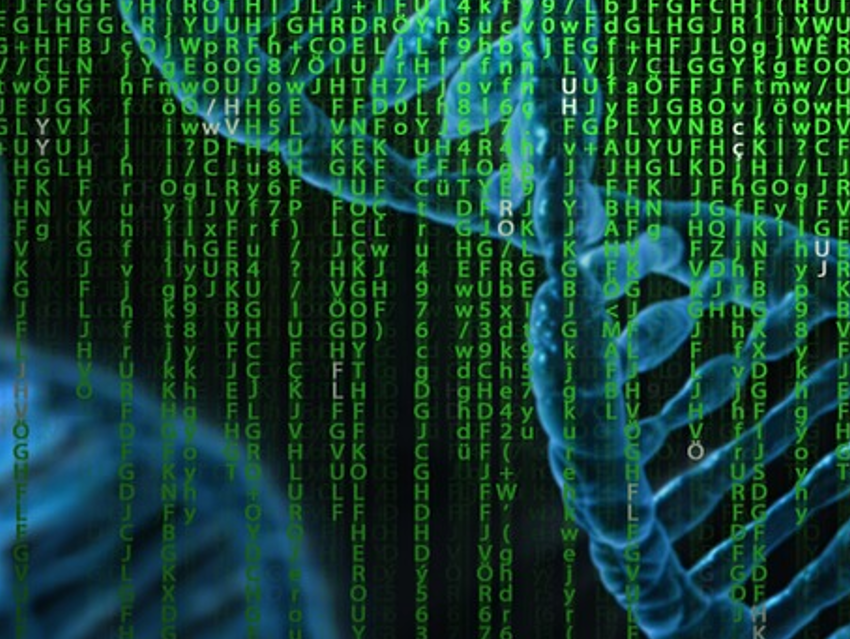In 2010, Craig Venter and his team succeeded in reproducing the genome of a bacterium and implanting it into living microbes. In 2014, researchers constructed the first synthetic chromosome of a eukaryotic cell, a yeast. In each case, the synthetically produced DNA sequences remained largely unchanged. In addition, uncovering the essential gene set of an organism has remained very challenging.
Jonathan Venetz, ETH Zurich, Switzerland, and colleagues have used a computer algorithm to drastically simplify the genes of the freshwater bacterium Caulobacter crescentus and standardize their DNA code. They used, for example, only one base sequence if several base sequences code for the same protein. In total, the researchers reduced the number of genetic features present within protein-coding sequences from 6,290 to 799.
Because of the strong differences to the original, the researchers regard their creation as a new species. As Caulobacter ethensis 2.0, the synthetic genome is officially registered in the database of the National Center for Biotechnology Information (NCBI) in the USA.
To investigate whether this artificial genome can develop into a viable synthetic organism, the researchers produced bacteria in which some natural genes are replaced by the synthetic DNA segments. This step-by-step exchange enabled them to determine that around 580 of the 680 artificial genes are functional in Caulobacter cells.
According to the researchers, the work shows that biological systems are so simple that in future we will be able to define them on the computer according to our purposes and then build them. The technology thus has great potential—such synthetic genomes could be used to produce microbes that produce drugs, vaccines, and other useful biomolecules. But it also raises ethical questions and calls for in-depth public debate on the purposes for which the technology can be used and how abuses can be prevented, the researchers say.
- Chemical synthesis rewriting of a bacterial genome to achieve design flexibility and biological functionality,
Jonathan E. Venetz, Luca Del Medico, Alexander Wölfle, Philipp Schächle, Yves Bucher, Donat Appert, Flavia Tschan, Carlos E. Flores-Tinoco, Mariëlle van Kooten, Rym Guennoun, Samuel Deutsch, Matthias Christen, and Beat Christen,
Proc. Nat. Acad. Sci. 2019.
https://doi.org/10.1073/pnas.1818259116




